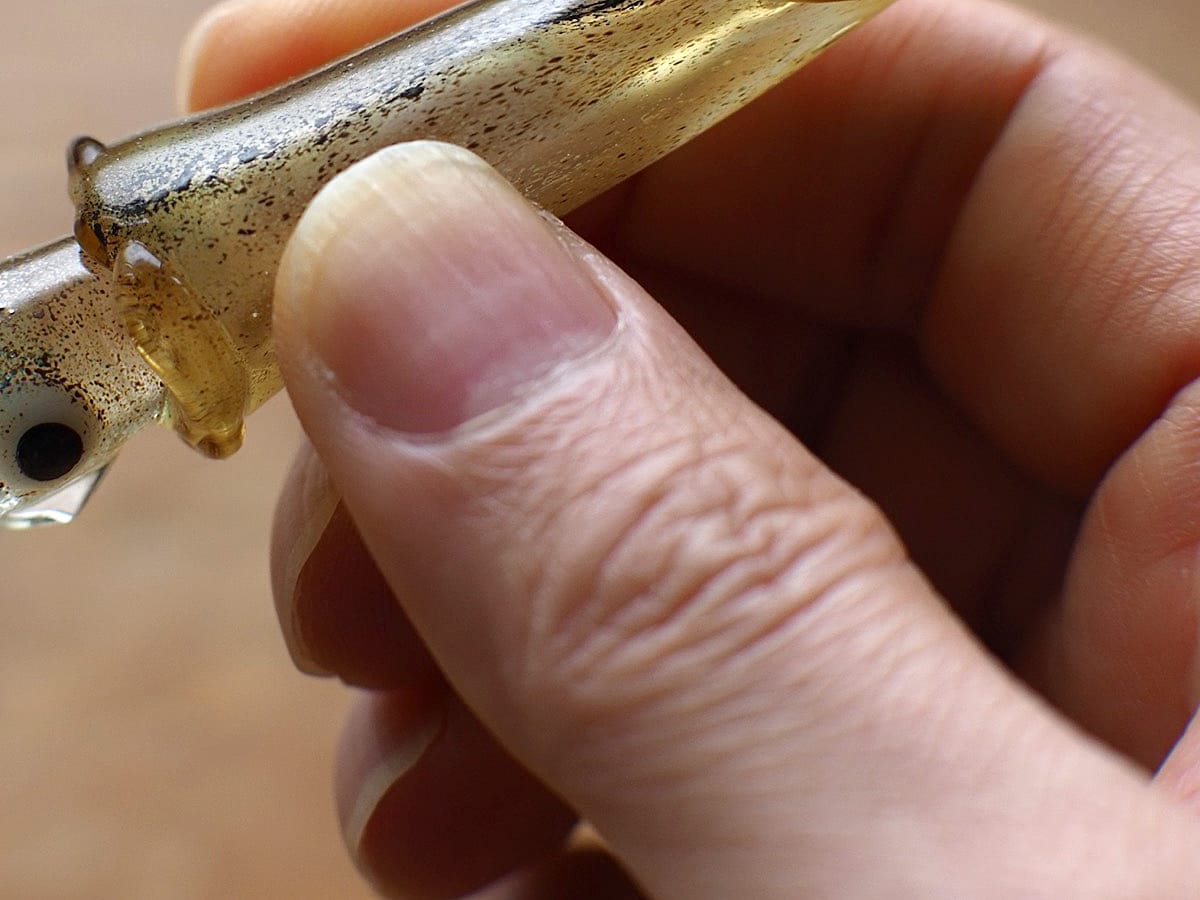
Source: Gen Masunaga 増永元 (@masunaga_gen) - image reproduced with permission
Japanese glass artist creates original squid pen for his true sepia (cuttlefish) ink
Related Article
-
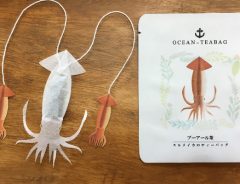
Unleash The Kraken With Squid And Octopus Tea Bags
-
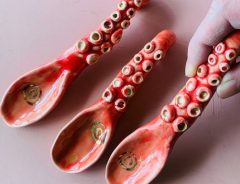
Slither into seafood dishes with Japanese ceramic tentacle and eel spoons
-

Store clerk in Japan cracks up foreign customers with unusual English explanation of “squid”
-

Watermelon squid hybrids are Japan’s new Cthulian terror
-
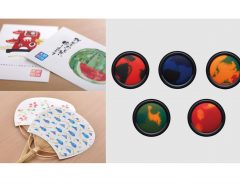
Gorgeous ink pads for official seals inspired by Japanese nature
-
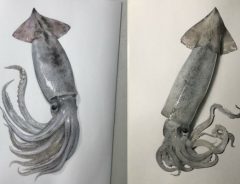
Japanese artist’s impossibly realistic squid drawings have incredible detail


Gen Masunaga's art
Gen Masunaga 増永元 is an Okinawa-based artist who mainly creates small art objects made of glass using a technique called burner-work. A former researcher on the ecology of sea snakes and an avid nature-lover who loves to observe and photograph living things in the oceans and forests in his spare time, Masunaga devotes himself to creating art that conveys the lives of creatures and the environments they inhabit.
From exquisitely detailed miniature glass biospheres to artistic glass beads encapsulating flora and fauna both real and imaginary, Masunaga's works draw you in and invite you to explore them.
A squid pen in progress
On February 17th, Masunaga's followers were surprised when he posted a picture of his latest work in progress:
"Take a look at my glass pen specialized for ikasumi* sepia ink. (work in progress)"
Reproduced with perimssion from 増永元 Gen Masunaga (@masunaga_gen)
If you didn't know it, sepia is actually the scientific name for the cuttlefish, and for good reason. The word sepia, also used to describe a deep reddish-brown color such as this bar below ("Sepia" Hex#704214), is named after the rich brown pigment derived from the cuttlefish's ink sac.
████████████
* In Japanese, the word イカ ika is used to describe both squid and cuttlefish, even though technically, cuttlefish also have a separate name コウイカ kōika. So, イカスミ ikasumi can both refer to squid ink used for culinary purposes and cuttlefish ink.
Sepia ink was commonly used as writing ink in Greco-Roman civilization, where it was a byproduct of fishing in the Mediterranean Sea where cuttlefish thrived. It continued to be prized as an artist's drawing material until the 19th century. Today, many of the inks sold as sepia only imitate the color and properties of the original, but there are a few manufacturers around the world, including in Japan, who continue to make genuine sepia ink.
Even though it's a work in progress, his post quickly went viral, collecting 131,000 likes and 23,000 retweets at the time of writing.
Some of the comments were:
* There is a play on words here: イカした ikashita means "cool" but it also contains ika in it.
Masunaga, who wasn't expecting his post to go viral or elicit so may positive comments, posted a follow-up tweet the next day:
"(...) I'm a glass artist and don't specialize in glass pens, so I'm not thinking at all about selling it yet. At the current stage, it's just something I tried for fun, but I'm surprised and elated to see that so many people want it. What should I do..."
If you'd like to find out if Gen Masunaga's squid pen ever turns into a product, and to explore more of his beautiful creations, you can follow him on Twitter and Instagram, and visit his website here.
He sells his works regularly at lottery sales events and through auctions.